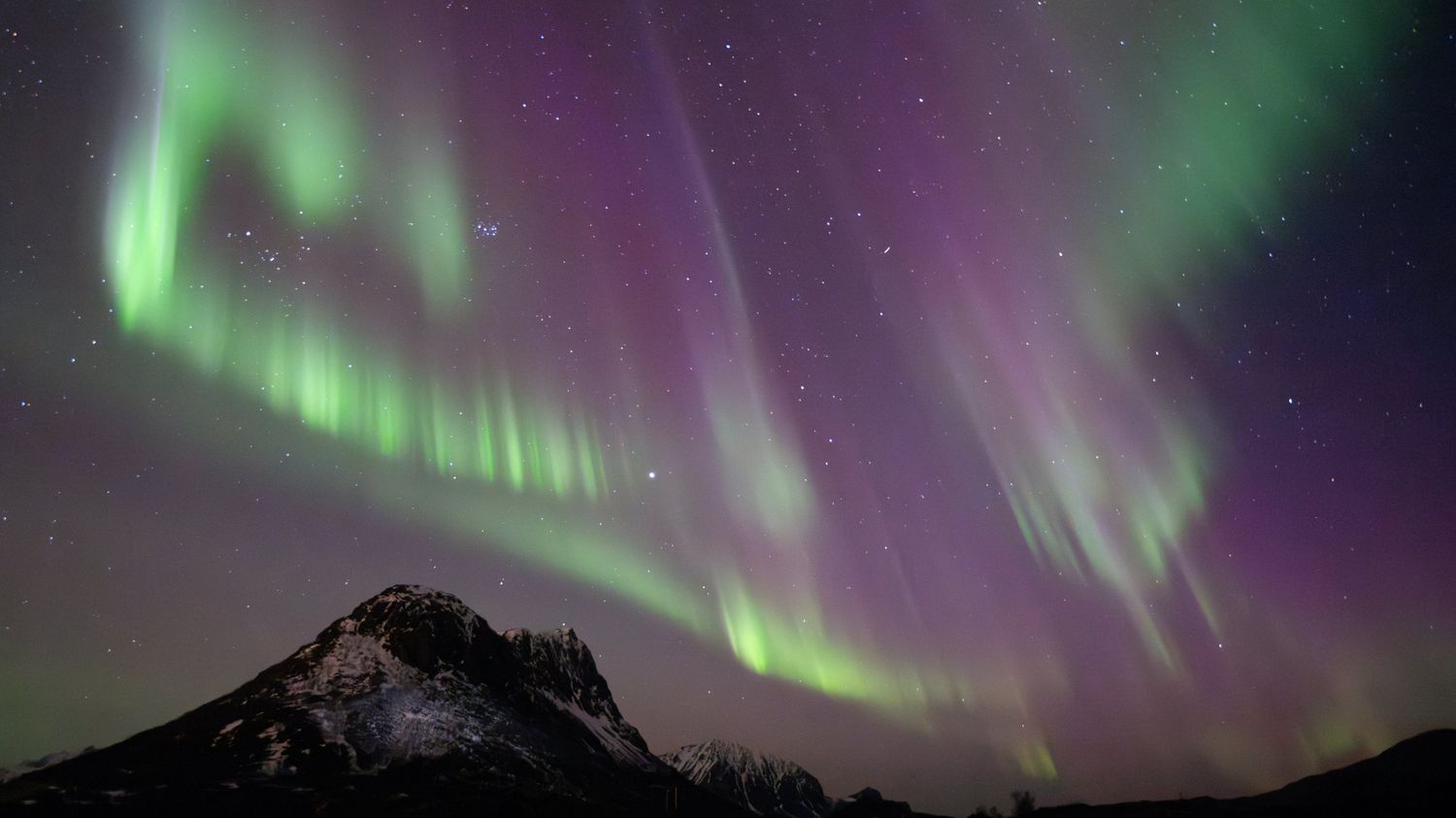This year marks a period of high solar activity, as happens every 11 years, which increases our chances of observing the Northern Lights far from the poles.
Published
Update
Reading time: 2 min

It is rare at such low latitudes, all the conditions were met on the nights of March 24 to 26 for the appearance of the Northern Lights in France. The weather was ultimately not good with overcast skies, but the American Oceanic and Atmospheric Observation Agency had predicted these cosmic lights in our sky due to an intense solar flare, originally Northern Lights.
To fully understand what an aurora borealis represents, you must first imagine yourself on the surface of the sun, 150 million kilometers from Earth. The very intense, sometimes very unstable magnetic field can cause solar flares. With colossal energy, the sun expels immense waves of particles, electrons and protons, into space, some of which reach the earth at a phenomenal speed, reaching several hundred kilometers per second. This eruption then encounters the Earth’s magnetic field. Like a shield, it redirects it towards the North and South poles of our planet, then the journey ends in a collision with our atmosphere. These shocks between solar particles and oxygen, hydrogen, or nitrogen cause a transfer of energy and light in the sky: it is an aurora borealis.
More intense solar flares
They will be more frequent in the coming months because 2024 will be a period of high solar activity, as happens every 11 years. The sun follows a very regular cycle with peaks of magnetic instability and calmer periods, a complex but well-known phenomenon. We are in one of those unstable phases. Solar flares are therefore larger and strike the earth with more force, which increases our chances of observing the Northern Lights far from the poles, for example in France. During the night from Monday to Tuesday the clouds were very present which did not facilitate observation, but we will soon have other chances.
These massive particle ejections can also disrupt human activities, such as affecting satellites and therefore GPS networks in particular. The most spectacular precedents have mainly hit the electricity network. In 1989, in Quebec, particles sent by the sun created a surge on the electrical network. Some six million residents were then without electricity for nine hours. More than a century earlier, in 1859, when an exceptional solar storm struck the earth, certain electric telegraphs caught fire and the Northern Lights appeared, even in the Caribbean.
